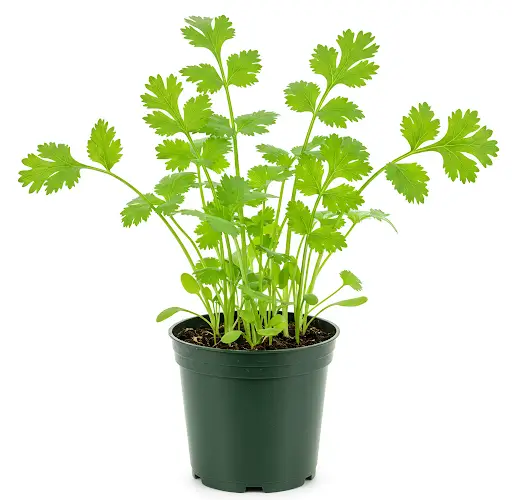How to Grow Cilantro from Seeds: A Simple Step-by-Step Guide
Cilantro is a popular herb in many kitchens around the world, known for its distinct flavor and fresh aroma. Growing cilantro at home is not only rewarding but also cost-effective. If you want your cilantro plants to thrive and produce lush, flavorful leaves, following a few key steps during planting will make all the difference. Here’s a comprehensive guide with three essential tips to ensure a successful cilantro harvest.
1. Split the Seeds Before Planting
One of the most effective ways to encourage better germination is by splitting the seeds before planting. Many people don’t realize that what we commonly refer to as a “cilantro seed” is actually a small seed pod containing two seeds inside. These pods have a tough outer shell that can delay or even prevent germination if left intact.
By gently splitting the seed pod into two separate seeds, you significantly improve the chances of faster sprouting. This allows moisture to penetrate the seed more easily, helping it to germinate quicker and more uniformly. Be careful not to crush the seeds—use a rolling pin, the flat side of a knife, or your fingers to gently press and crack the outer layer.
This small step creates a noticeable difference, especially if you’re sowing a larger batch. The result will be a more even distribution of seedlings and healthier plants overall.
2. Soak Seeds in a Special Solution
After splitting the seeds, the next step is to soak them in a mixture of baking soda and white vinegar. In a bowl of water, dissolve 1 tablespoon of baking soda and 1 tablespoon of white vinegar, and add the split seeds. Let them soak for a few hours.
This step serves two important purposes:
-
Softening the seed coat: The baking soda and vinegar solution helps to break down the tough outer shell, allowing water to enter the seed more efficiently. This speeds up the germination process.
-
Disinfecting the seeds: The solution also helps clean the seeds of any bacteria, fungi, or natural inhibitors that may interfere with sprouting. This means a healthier start for your plants and a reduced risk of disease right from the beginning.
Soaking in this solution gives your cilantro seeds a clean, strong head start, preparing them for optimal growth.
3. Prepare Nutrient-Rich Soil
Before planting the seeds, it’s essential to prepare the soil so that your cilantro has everything it needs to grow quickly and produce abundant leaves. To create a nutrient-rich soil mix, combine the following ingredients:
-
1 cup of bone meal
-
1 cup of neem cake powder
-
1 five-gallon bucket of compost
Mix these thoroughly to form a powerful blend of organic nutrients. Bone meal is high in phosphorus, which supports healthy root development—crucial for robust cilantro growth. Neem cake powder, on the other hand, is rich in nitrogen, a vital nutrient for leafy greens. It also contains natural pest-repelling properties, helping to protect your young plants from soil-borne pests and diseases.
Once the mixture is ready, spread a generous layer over your garden bed or planting area. This acts as a “nutritional blanket” that provides essential nutrients to the seeds as soon as they germinate.
Planting the Seeds
With your seeds soaked and your soil enriched, you’re now ready to plant. Here’s how to do it:
-
Evenly sprinkle the soaked seeds over the prepared soil surface. Aim for a light but uniform distribution to avoid overcrowding.
-
Cover the seeds with a thin layer of the same compost-fertilizer mix. This top layer will help retain moisture, protect the seeds, and create the ideal conditions for germination.
-
Gently water the area using a fine spray or watering can to avoid disturbing the seeds. Keep the soil consistently moist, especially in the first few weeks, to encourage steady growth.
Within 7 to 14 days, you should start to see tiny cilantro shoots emerging from the soil. From there, regular watering, occasional feeding with organic fertilizer, and thinning the seedlings (if needed) will keep your plants healthy and productive.
Final Thoughts
Growing cilantro from seeds doesn’t have to be difficult. By following these simple steps—splitting the seeds, soaking them in a natural solution, and enriching the soil—you’ll be setting your cilantro up for a successful growing season. The result will be vibrant, aromatic leaves ready to enhance your dishes, all from your own garden.
Whether you’re an experienced gardener or just starting out, these natural methods offer an easy and effective way to grow cilantro at home. With a little care and the right preparation, you’ll enjoy a fresh, abundant supply of this flavorful herb in no time.



